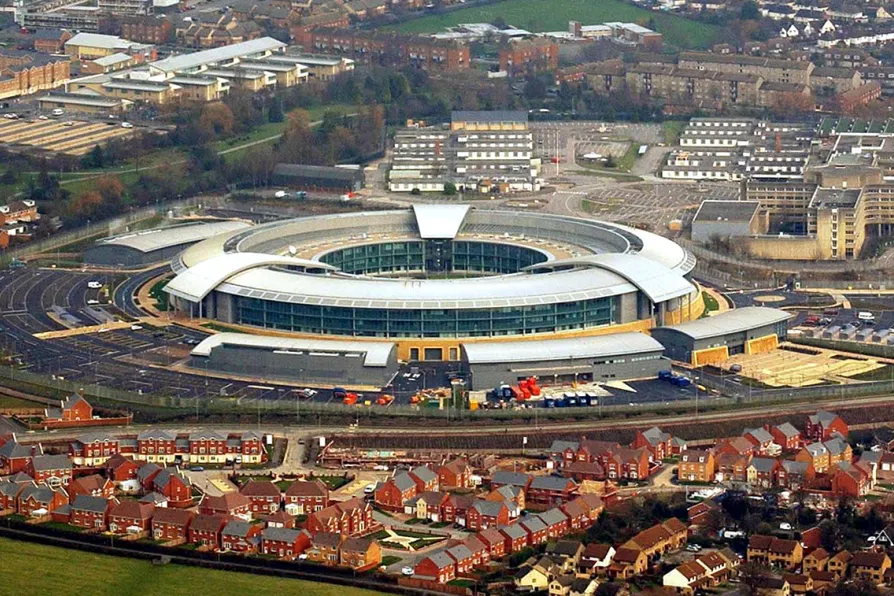From London’s holly-sellers to Engels’s flaming Christmas centrepiece, the plum pudding was more than festive fare in Victorian Britain, says KEITH FLETT

 The Government Communication Headquarters (GCHQ)
The Government Communication Headquarters (GCHQ)
OCTOBER 1988 saw a rash of walkouts in hundreds of places where civil servants worked.
Four union members at a little-known government facility, the Government Communications Head Quarters, had been sacked on orders emanating from prime minister Margaret Thatcher.
The four were among a key group of 14 members drawn from the very many specialists working at the state agency responsible for intercepting and analysing electronic and radio communications.

In part II of a serialisation of his new book, JOHN McINALLY explores how witch-hunting drives took hold in the Civil Service as the cold war emerged in the wake of WWII

ROGER McKENZIE expounds on the motivation that drove him to write a book that anticipates a dawn of a new, fully liberated Africa – the land of his ancestors

The Morning Star's Danish sister paper ARBEJDEREN on when the people of Copenhagen triumphed over the occupying forces











